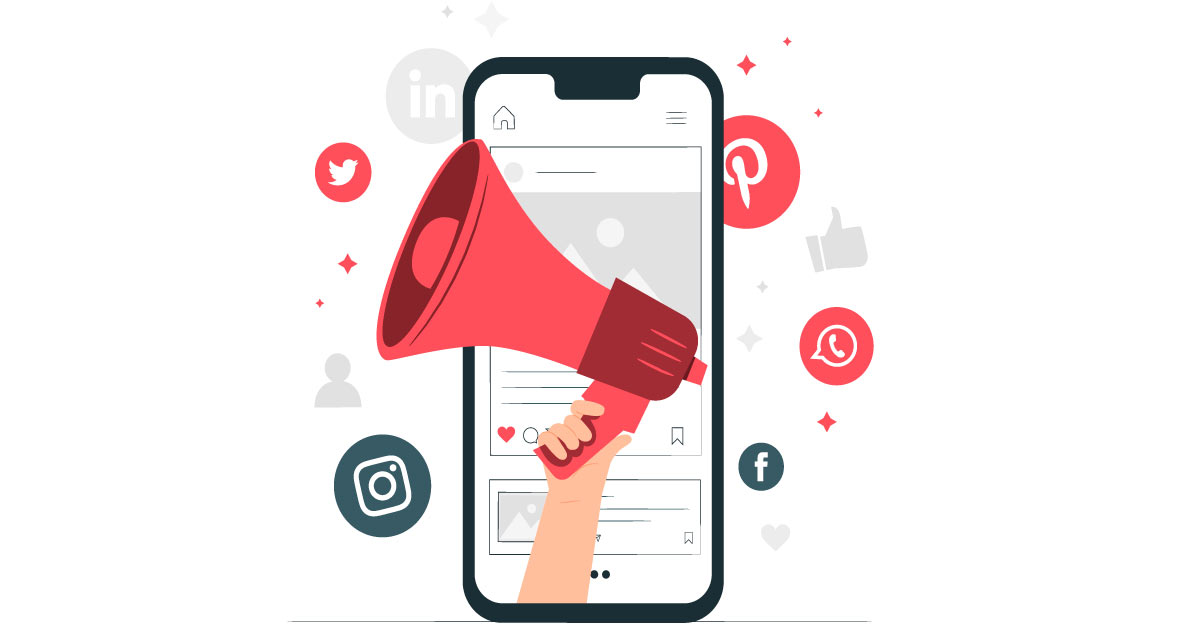Office hours
Mo-Fr 08:00 AM – 16:00 PM
Phone
Address
Hömerichstr. 40
51643 Gummersbach

Then what about marketing strategies like customer lifecycle marketing, inbound marketing, and engagement marketing, which have fewer obvious labels? Check out this vocabulary of marketing types and methods.
The majority of businesses engage in some form of acquisition marketing. Acquisition marketing, as the name suggests, is a marketing technique aimed at attracting new clients. It can employ a variety of strategies to encourage a new consumer to make a purchase, including SEO services, online marketing, and lead creation.
ABM is a B2B marketing technique that focuses on specific corporate clients rather than a broad audience or sector. It’s usually highly focused and customized, with marketing campaigns, messages, and creative materials tailored to the individual qualities, requirements, and preferences of each client account.
When you want to raise your brand, product, or service exposure, awareness marketing may assist you to get your business on your targeted audience’s map, develop brand awareness, and lay the framework for future leads and sales.
You’ve probably come across affiliate marketing if you’ve seen a product overview that contains links to purchase items. Affiliate marketing is when an online merchant pays a third party (affiliate) that advertises their items and drives people to their website to make a purchase.
Engagement marketing, also known as experiential marketing, is based on an actual experience such as an in-person activity or interactive exhibit that aims to strengthen the relationship between the company and the customer by allowing people to interact with a brand or product in a concrete, practical way.
Permission marketing refers to any form of marketing in which a company obtains permission from a customer to give them tailored or customized advertisements or information. Permission marketing allows firms to offer messages and bargains that a consumer has expressly stated they want, rather than disrupting people’s activities and attention with unwelcome adverts or messages, which leads to increased conversion rates.
Relationship marketing, as the name suggests, focuses on building stronger ties with customers in order to assure long-term customer loyalty. Companies that employ relationship marketing, unlike businesses that are focused on making a quick sale, are in it for the long run, emphasizing strong, personal links with consumers, good communication, and long-term connection.
Brand marketing, instead of advertising a specific item, concentrate on your company’s purpose, mission, and identity, with the objective of developing an emotional connection with the audience. It frequently employs entertainment, narrative, and motivational messaging.
Influencer marketing is when a corporation or brand hires a “famous” individual with a large social media following who closely resembles the brand’s target customer and pays them to advertise or promote their items to their followers.
A brand uses lifecycle marketing to send tailored communications, marketing, or advertising to customers based on where they are in the purchasing cycle—from awareness and contemplation to making their first purchase and then becoming a return customer and brand supporter.
A for-profit business aligning itself with a charitable organization, movement, or non-profit cause in an effort to both do good and demonstrate its charitable tendencies to potential consumers, resulting in people feeling good about the brand and wanting to do business with it is called cause marketing.
Inbound marketing is a business strategy for attracting consumers by providing relevant material and experiences. While outbound marketing bombards your audience with stuff they don’t always desire, inbound marketing creates relationships and addresses problems that your audience already has.
Mo-Fr 08:00 AM – 16:00 PM
Hömerichstr. 40
51643 Gummersbach